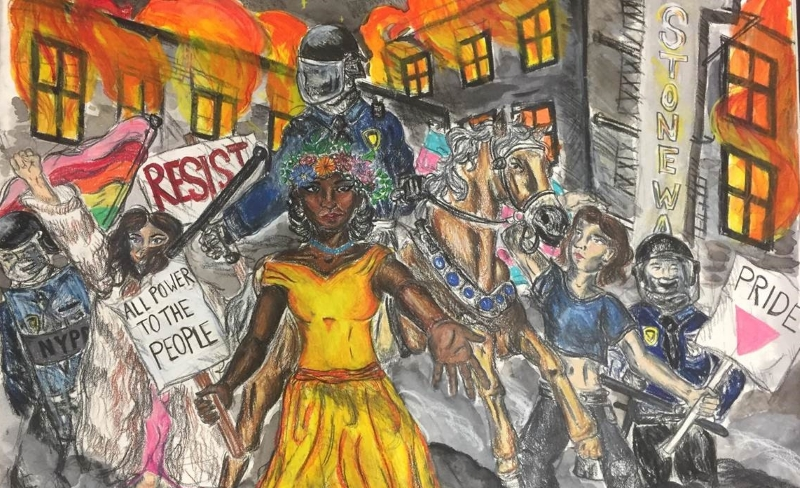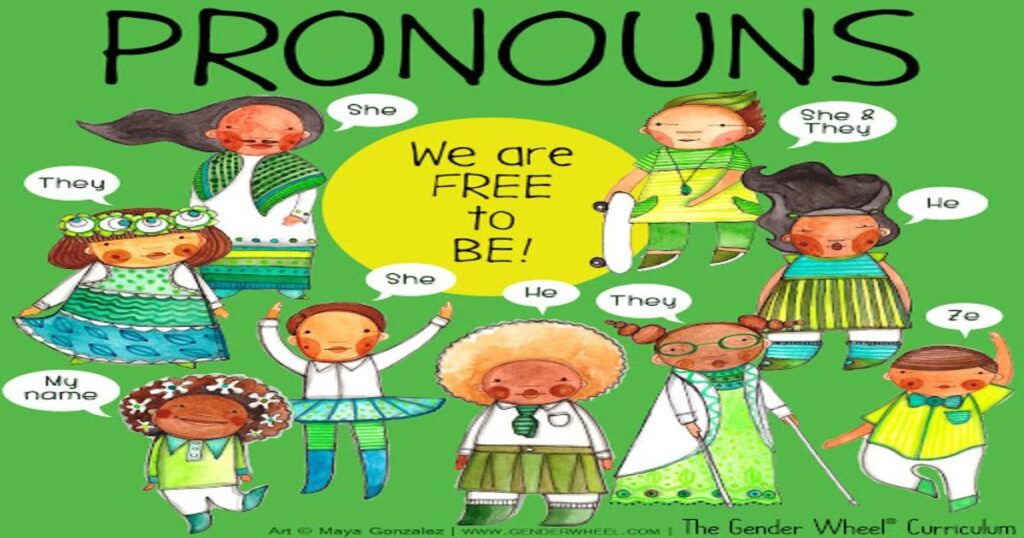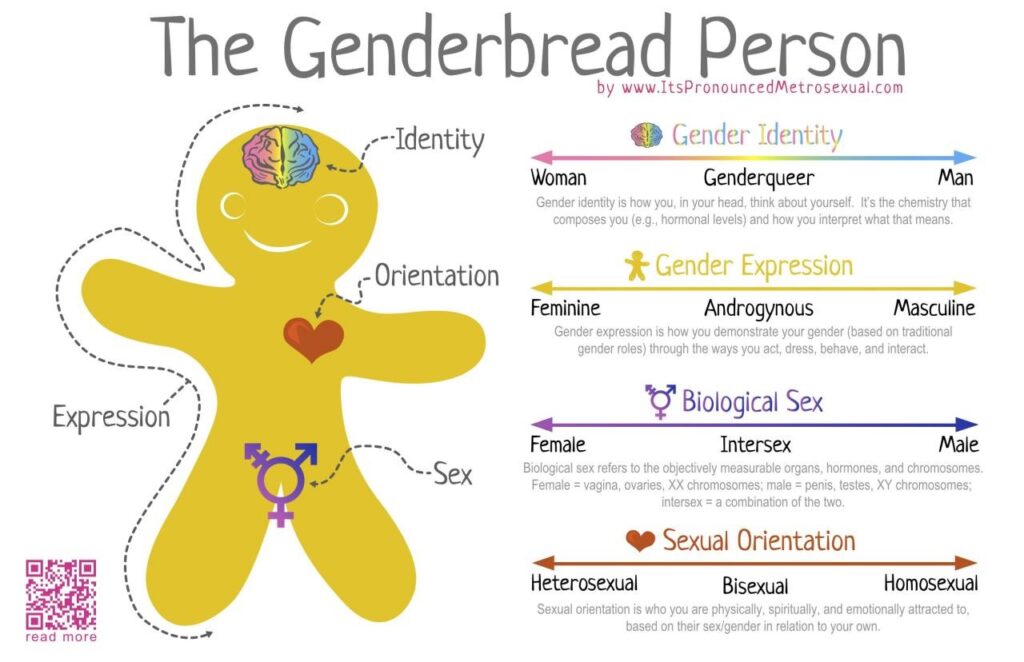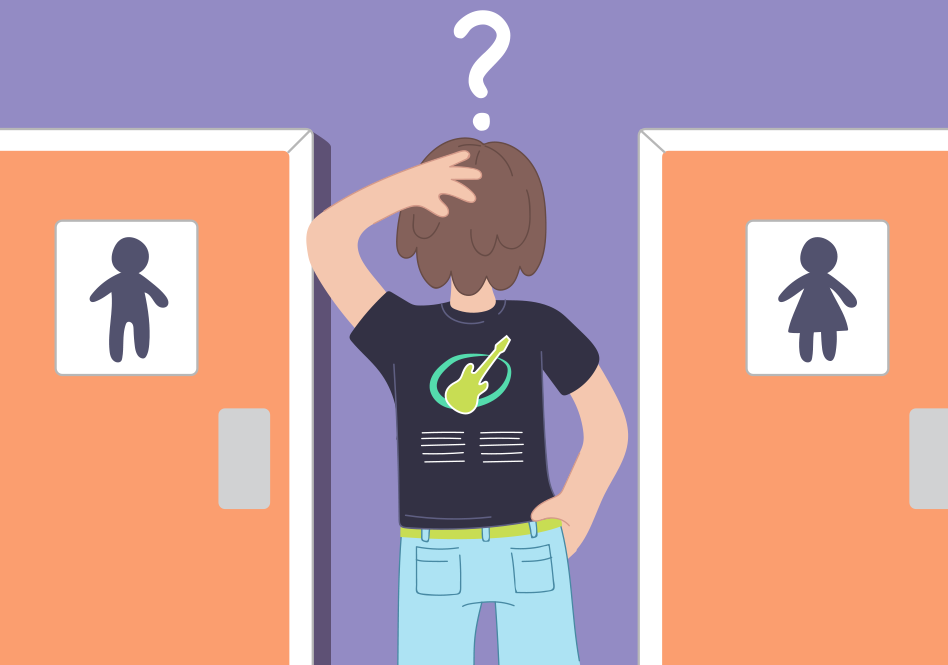Breaking The Binary: Answers To Your Questions About The LGBTQIA+ Community
As we revel in this pride month, we often tend to forget that pride month is more than just a way for big multinational companies to express support towards the LGBTQIA+ community. It is more than a market gimmick rather than showing allyship. Adding rainbow-colored profile pictures and giving discount codes for the minority community is not a symbol of greatest support. Pride month goes way beyond what is visible on social media. It’s a way to celebrate the struggle of the LGBTQIA+ minority and celebrate their rights to live a dignified life. And it’s a way the minority community struggles to get representation and a reminder of what is left to be achieved. It’s a month to celebrate unfiltered, uncensored, and unadulterated love.
If you’re wondering how you, irrespective of being a part of the LGBTQIA+ community, can support and celebrate pride month while sitting at home, I have a way for you. Learn about the community. Two of the most pertinent struggles the community members face are the struggle of not being understood and their struggles being unrecognized. At Pratisandhi, we believe knowledge is power. Therefore, we wish to provide our little community with as much knowledge as possible to be supportive allies or even informed members of the LGBTQIA+ community! To assist with the same, we put up a question tag on our Instagram stories, asking our followers any questions they might have about the pride community. I have answered some of the most frequently asked questions here.

The history of pride
1. Where does the word pride come from? What’s the history of pride?
The use of the term “Pride” to represent the community goes back to the Stonewall riots in June 1969. A bisexual woman, Brenda Howard is known as the “Mother of Pride” as she organized the first Pride March, which occurred on a Sunday in June. Along with her peers and supporters, Howard created many activities to be done for a week to celebrate gay rights. The word pride was associated with a feeling of dignity and unapologetic ownership of one’s identity. In addition, pride is a word used to stand up to the bigotry and hatred against the minority community.

Perfecting your pronouns
1. What is the importance of putting pronouns in Instagram bio?
Many people think one’s appearance or physical attributes indicate their gender, and I don’t blame them. We’ve been brought up in a world where we are made to believe in the binary. As the world becomes more inclusive of all transgender people and non-binaries, it’s our duty to battle the bigotry and provide them with support and affirmation. So let me break this down. If I see a transwoman (an individual whose sex assigned at birth is male and gender is female) on my social media page who appears a lot like a male, it’s instinctive for me to refer to them with he/him.
However, by doing so, I am disrespecting not only them but their gender identity. To help make their identity clearer, they put the pronoun “she/her” in her bio to help their followers know and address them with the right pronouns. Irrespective of one’s sex and gender aligning together (cisgender), putting pronouns in your bio is an act of solidarity, a way of supporting the non-binaries and trans community by normalizing telling your gender identity instead of assuming it.
2. What do the pronouns (she/they) signify?
The pronouns (she/they) or (he/they) mean that the person uses both she/her/hers pronouns as well as they/them/their pronouns. This means that an individual using (she/they) pronouns takes account of her womanhood and femininity but is also comfortable being addressed as a non-binary. The two pronouns may be used interchangeably or as per the preference. Hence, if you’re ever talking to someone with the pronouns mentioned above, it’s a good idea to ask them their pronouns.

Important glossary
1. What do we mean by sexual orientation, biological sex, and gender identity?
Sexual orientation: A person’s sexuality or sexual orientation is what one feels romantically or sexually towards another person. Heterosexual, homosexual, and bisexual are the most common sexual orientations. There are currently 15 or more sexual orientations presently.
Biological sex: It’s the sex assigned to an individual at birth, based on the chromosomes, hormones, and external and internal genitalia (gonads). Example: Male or female.
Gender identity: Gender identity is the personal sense of one’s gender. It may be the same as that assigned at birth, maybe opposite or maybe non-binary, i.e., neither of the two genders of male and female. There are many types of genders, including genderfluid, bigender, etc.
2. What is gender fluidity?
Gender fluidity refers to when gender expression shifts between masculine and feminine, or can be displayed in one’s dress, express, and describe ourselves. These changes may take place in hours, days, or months and can be reversible. A gender fluid person may identify as a female today but a male tomorrow. Genderfluid people tend to fluctuate their gender identity over periods.
3. How do I know if I’m bisexual or pansexual?
Being bisexual means you’re attracted to both men and women, whereas being pansexual means you are attracted to all genders (irrespective of them being cisgender or trans persons). Many pansexual people define themselves as being attracted to the personality rather than the gender.

Miscellaneous questions
1. Do men menstruate too?
Yes! Transmen are men who have not undergone gender affirmation surgery (which is a choice), do menstruate, and can even have a baby. However, transmen often find it uncomfortable to talk about these experiences because menstruation is normalized as a cis-female experience.
2. Do straight people question their sexuality?
Yes, it’s completely okay to question your sexuality at any stage. Sexuality is fluid in nature and can be confusing. Many people learn that they are homosexuals, later in life, while some may learn about it in their teenage years. There is no fixed timeline for you to identify with a particular spectrum. The best way is to keep exploring your sexuality through experiences to get to understand yourself better. Irrespective, there is no timeline to sexuality.
I haven’t masturbated or had any sexual experiences yet; am I asexual?
There is no particular test to diagnose asexuality. And if you’re young, there is no need even to put a label on your sexuality. If you’ve never been aroused thinking of sexual activity or felt sexually attracted to anyone, chances are you might be asexual. However, asexuality is a spectrum. Many people don’t describe it as zilch libido but rather a low libido. If you are in your teenage years and haven’t had experiences to affirm your sexuality, your best bet is to explore a little and then come to a conclusion. Either way, there is nothing wrong with being asexual. Demi identities and grays also fall on the spectrum. And I personally suggest exploring your body and your sexuality to get clarity.
These were all the questions for this newsletter’s FAQ. Tune into our Instagram page for more questions answered!
Graphic design: Itti Mahajan
Author

